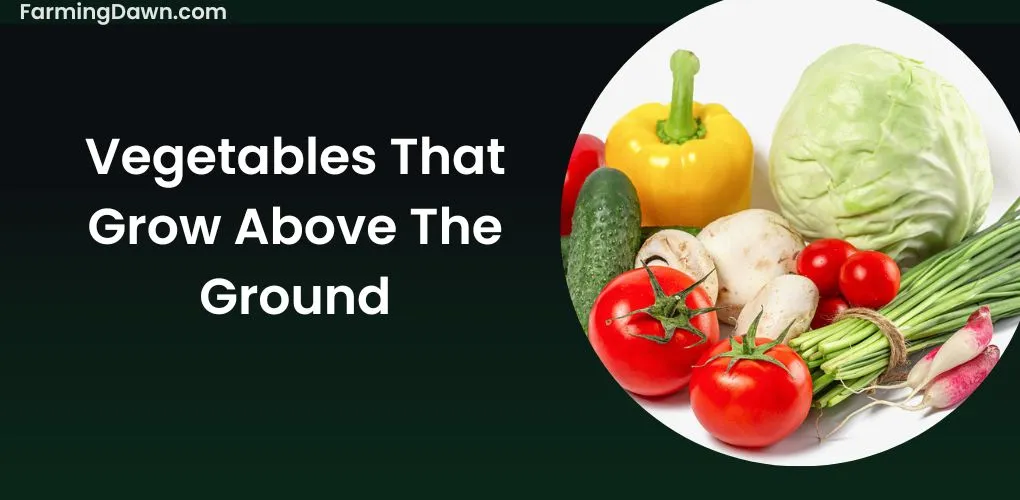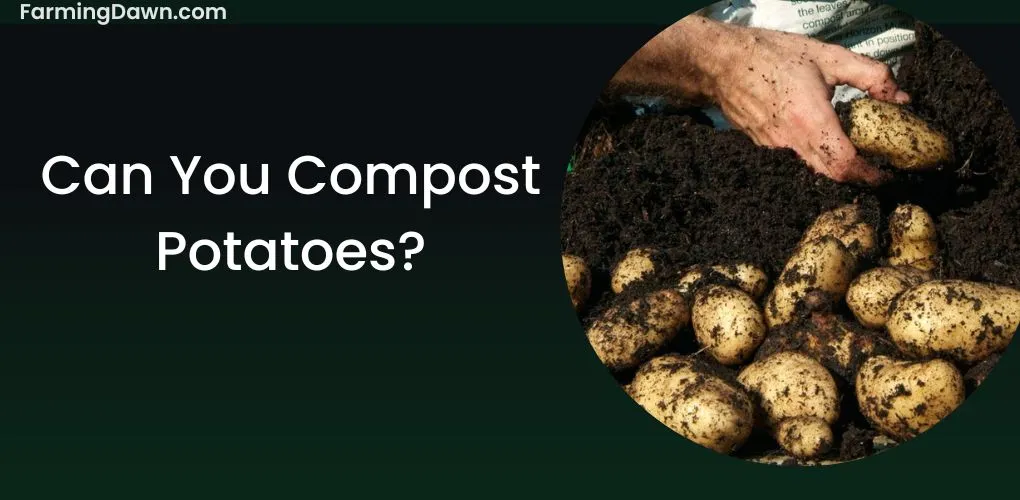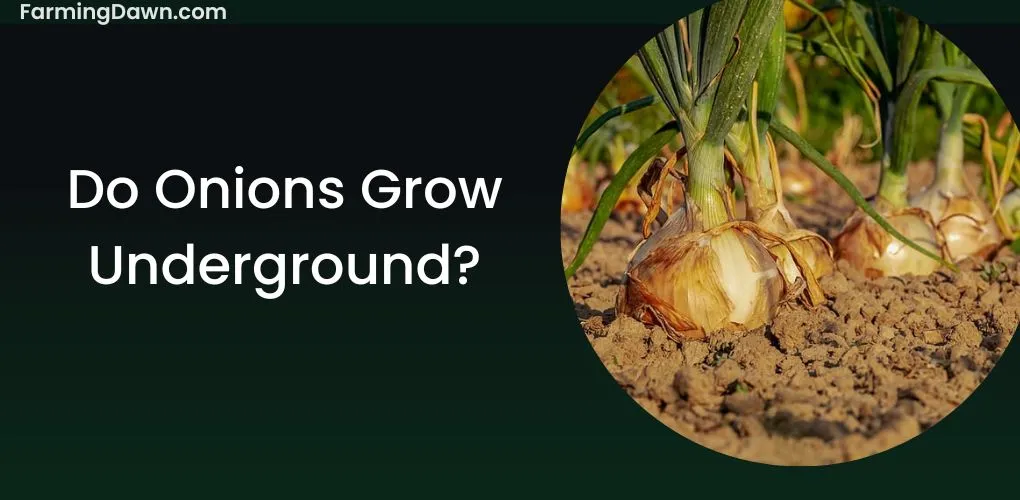Vegetable gardening is a rewarding and healthful pastime, but have you considered the various other choices, such as vegetables that grow above the ground? These veggies are not only undemanding in maintenance but also delicious, beautiful, and nutritious. The variety of veggies available is staggering, from leafy greens to root vegetables, the options are endless.
I have compiled a list of various vegetables that grow above the ground, their benefits, and how to take care of and maintain them in your garden. So, let’s dive right into it.
List Of Above Ground Vegetables
Here is a list of above-ground vegetables:
- Bell peppers
- Cucumbers
- Squash
- Zucchini
- Eggplant
- Tomatoes
- Okra
- Sweet potatoes
- Green beans
- Peas
- Artichokes
- Brussels sprouts
- Cauliflower
- Broccoli
- Cabbage
- Kale
- Lettuce
- Spinach
- Swiss chard
- Collard greens
Bell peppers
Flowering bell peppers are a member of the nightshade family, Solanaceae. The peppers are a joyful and colorful addition to any garden, growing on a stem that can reach a height of 1-2 meters (3.3-7.5 ft).

They form above ground and develop leafy greens, stalks, and limbs to hold up their fruit-bearing blossoms. Once the blooms have been pollinated, a bell-shaped fruit will emerge and eventually ripen.
To grow well, bell peppers need to be kept in a warm environment with plenty of sunlight, planted in soil that is moist but drains well, and given plenty of water. As a culinary ingredient, bell peppers are widely praised for the many dishes to which they lend their signature sweet and juicy flavor.
Cucumbers
Cucumbers are a kind of trailing plant that fits in the gourd family. They can rise up to 8-10 feet long on lengthy, curling vines. They are a particular kind of plant that can only grow vertically with assistance from an object like a trellis or a stake.

The vines eventually yield cucumber fruit in addition to leaves and flowers. To flourish, cucumbers need healthy soil, enough moisture, and sunlight. They are a well-liked garden crop that is additionally farmed for profit in greenhouses or fields.
Squash
Squash is a well-known vegetable from the Cucurbitaceae family that is grown extensively for its tasty and nutrient-rich fruits. Squash plants can grow above ground or on trellises, fences, or other climbing structures.

Squash plants that are grown in the ground have horizontally spreading vines that are low to the ground. This variety of squash is frequently cultivated in gardens and is simple to grow and harvest.
Climbing or vining squash plants, on the other hand, grow vertically and can grow as tall as several feet. For them to develop, support structures like trellises or fences are necessary. This support aid in elevating the plant off the ground, which lowers the danger of disease and pest damage.
Zucchini
The zucchini plant produces fruit above ground on a vine that can reach a length of 10 feet. This vine is used to support the plant’s production. For the finest flavor and texture, the real zucchini fruit, which may grow up to 18 inches long, is frequently selected when it is between 6 and 8 inches long.
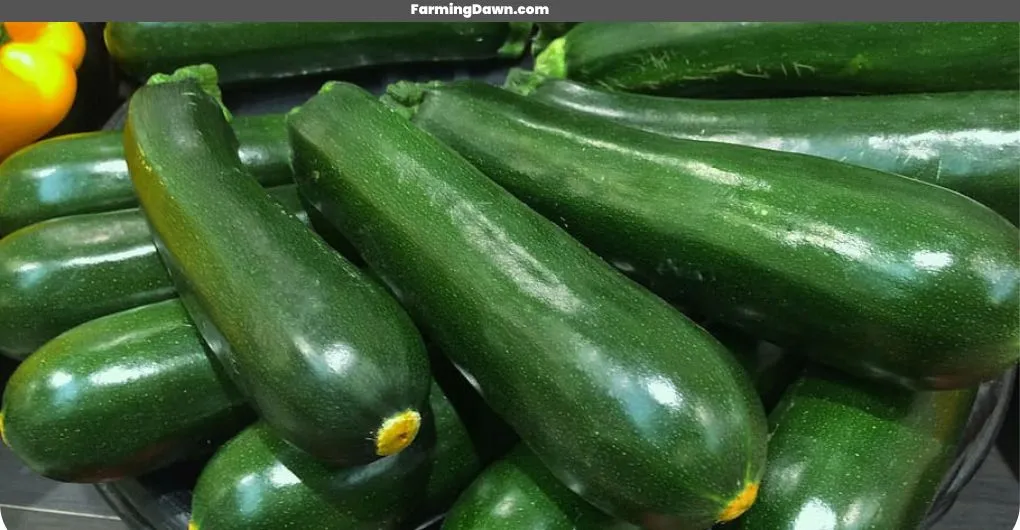
Summer is the ideal time to grow zucchini plants since they need lots of sunlight and warm weather to thrive. You can use both raised beds and garden beds as well as containers to cultivate them. Make sure the soil has good drainage and that the area gets at least six hours a day of direct sunlight before you start growing zucchini.
Eggplant
Eggplant is a type of angiosperm also called a flowering plant that connects to the nightshade family. The plant produces an edible fruit called an eggplant. The fruit is typically picked when it is between 7 and 8 inches long and has fully matured.

Eggplants are grown on a plant that resembles a vine and can reach a height of 6 feet. The fruit develops on the stem of the plant, which is supported erect by leaves and branches.
While the stem and branches of the eggplant plant are found above ground, the roots lie underground. So in a sense, eggplants are grown above ground.
According to those who also believe the eggplant’s fruit is underground, the plant’s stem and branches grow above ground, but the fruit itself is produced on the stem and is, thus, underground.
The foundation of this argument is that the fruit should be found underground because it is thought of as a part of the plant.
Tomatoes
While the majority of the plant is underground, the tomatoes grow on a vine. The tomato plant is first planted as a little seedling in the ground. The plant’s roots extend widely and firmly hold the ground, providing it with a strong foundation from which to grow and provide fruit.

The plant will eventually develop stalks, leaves, and blooms above the ground. The flowers subsequently produce the well-known and cherished crimson fruit. It is important to remember that the roots and the majority of the plant’s structure are still underground.
Knowing how different plants grow will enable you to provide them with the best care possible, such as the ideal quantity of water and nutrient-rich soil.
Okra
Okra plants have a long, slender stem that grows above the ground and can reach a height of up to 6 feet. The plant’s huge, emerald-green leaves sprout directly from the stem.
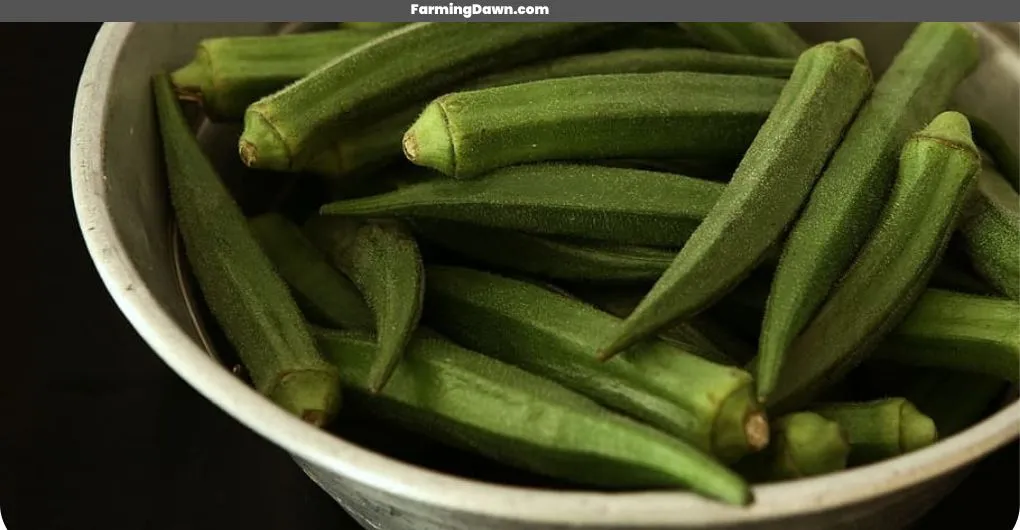
The okra plant has yellow blossoms, which are followed by the formation of seed pods that rise above the ground. The edible portion of the plant is represented by these seed pods, which are normally picked and prepared for consumption.
Okra plants have a robust taproot system underground that aids in anchoring the plant and supplies it with water and nutrients. This plant’s taproot structure also strengthens its overall resilience and boosts its ability to tolerate drought conditions.
Pumpkins
Pumpkins are a type of vegetable that grows on vines, and typically, the fruit grows above the ground. Pumpkin vines can grow up to 20 feet long and are capable of spreading in all directions. The vines are equipped with tendrils that help to anchor the plant to the ground and support the fruit as it grows.

The fruit begins to grow from the female flowers, and it takes about 95 to 120 days from seed to harvest, depending on the variety.
One of the unique things about pumpkins is that they grow above the ground, and this makes it possible to grow them in areas with limited space.
Container gardens, for example, are an excellent place to grow pumpkins, and you can grow them on a porch, balcony, or patio. For all this process to work all you need is a large container, potting mix of soil, and a sunny location.
Sweet Potatoes
Sweet potatoes thrive in warm, humid conditions and can be propagated from either a plant slip or a cutting taken from a fully developed plant.
To facilitate proper drainage and forestall rot, they are typically cultivated in mounds or raised beds. Sweet potatoes need a lot of room since their thin vines can go as long as 10 feet.

Although the sweet potato can be cultivated in containers, the majority of the plant’s root system is still below ground. The sweet potato tubers form in this part of the plant, thus it makes sense that this is where the plant saves its food and energy for later use.
It is the tubers that are picked and consumed, as they are the most nutritious and flavorful component of the plant.
Growing sweet potatoes above ground can have a few benefits. For one, it allows the vines to receive more sunlight, which can help to improve the growth and productivity of the plant.
Green Beans
Green beans are the royalty of vegetables that grow above the ground. They have a vibrant, deep green color, like emeralds tucked away in a secret garden. With their crunchy yet tender texture, they offer an explosion of flavor and remind us of lazy summer days spent in our grandmother’s kitchen.
Their taste is unparalleled – no other vegetable can rival its freshness or complexity. A single bite transports us to a place where we find comfort and security; it is as if all our worries melt away with each nibble. Green beans provide nourishment for both body and soul – truly making them the crowning jewel amongst vegetables grown from the earth!
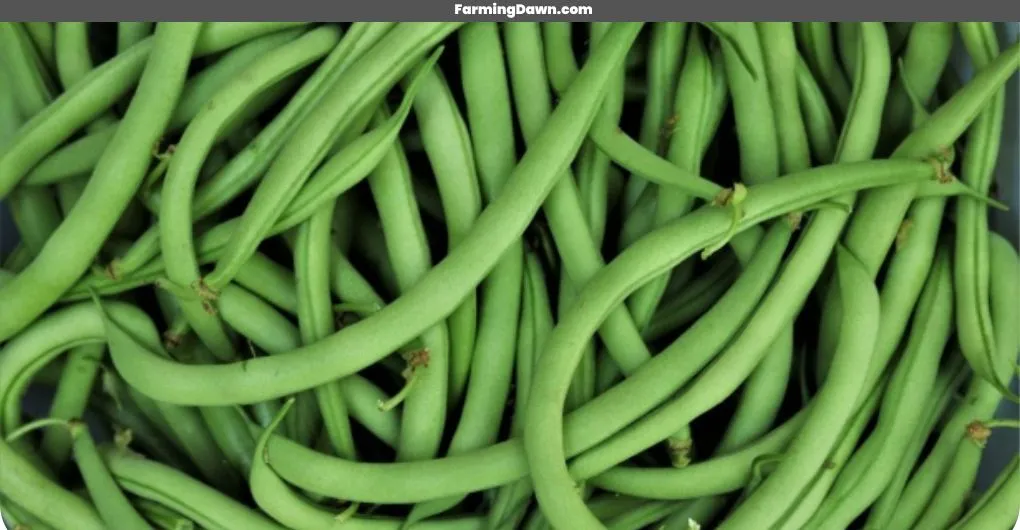
Peas
Green beans are a popular vegetable, and rightly so; they have a unique flavor that stands out among other vegetables. However, for something just as tasty but with an entirely different texture, one should try peas! They can be eaten raw or boiled to make succulent side dishes.
Peas also contain plenty of essential vitamins and minerals that help keep us feeling our best. While green beans provide a crunchy snap when bitten into, the softness of peas is what makes them appealing.
Plus, it’s easy to incorporate peas into almost any dish – from salads to soups. All in all, peas are an enjoyable way to add some extra nutrition to your meals without sacrificing taste.
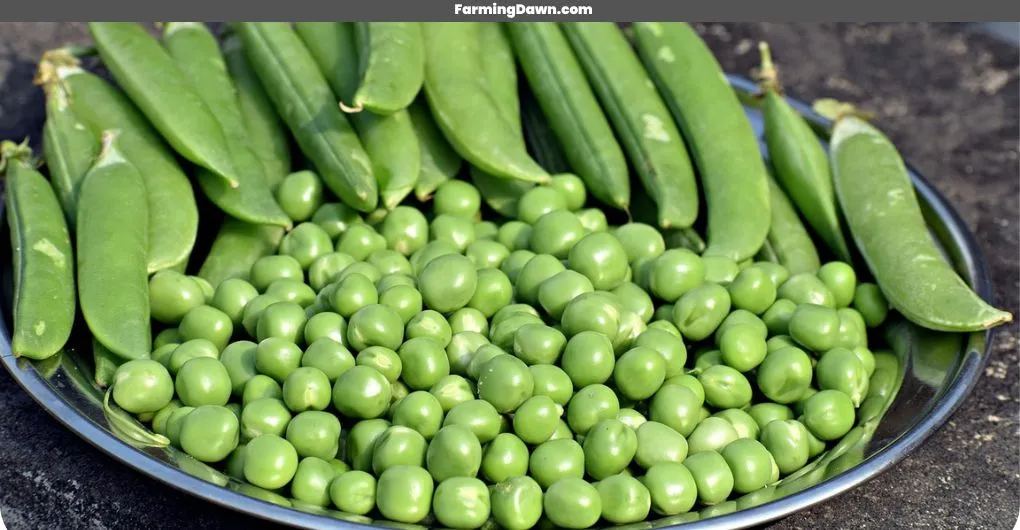
Artichokes
Artichokes are a symbol of the triumphs and tribulations of life. They stand tall above the ground, their leaves reaching for the sun’s warmth and love. As they grow, they become more resilient to hardships; their tough exterior overcoming any challenge that comes their way.
Artichokes are an example of how we can also strive to overcome our own struggles in life – by standing strong against adversity with determination and courage. The gentle heart within will then be revealed – softening us all to each other, reminding us that no matter what difficulties arise, together we can find strength and beauty in unity.

Brussels Sprouts
Moving on from artichokes, Brussels sprouts are another type of above ground vegetable. These small cabbages may look intimidating but they are surprisingly tasty when cooked right! High in vitamin C and iron, these delicious little morsels make a great addition to any meal.
Roasting them with garlic and olive oil is a classic way to enjoy them, or try adding them to your favorite pasta dish for an extra layer of flavor. However you choose to eat it, one thing’s for sure – once you give Brussels sprouts a chance, you’ll never turn back!

Cauliflower
Cauliflower is a great vegetable for those looking to add some more flavor to their meals. It’s versatile, easy to cook with, and can be enjoyed raw or cooked. Plus, it’s packed full of vitamins and minerals that are good for your health.
And the best part? Cauliflower makes you feel like you belong in any kitchen, no matter what kind of cooking style you have.
Also learn: Why do cauliflower turn yellow?
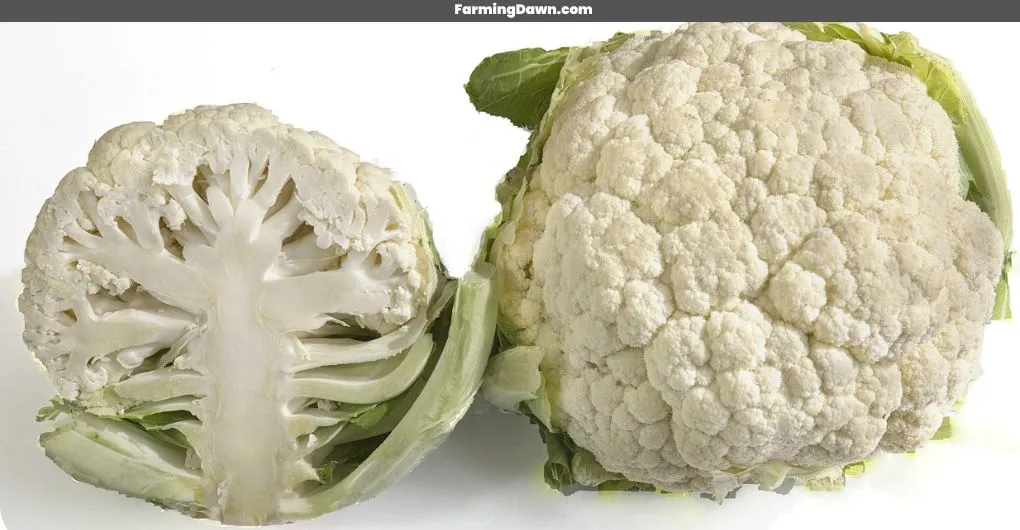
Broccoli
Broccoli is an above ground vegetable, and it’s great for your health! It contains loads of vitamins A, C, K, and B6 – all essential nutrients you need. Eating broccoli can help strengthen immunity, reduce inflammation, lower cholesterol levels, and improve digestion.
Not only that but it also has antioxidant properties which makes it even more beneficial to consume regularly. Broccoli can be eaten raw or cooked in various dishes like salads, stir-fries, casseroles, and soups. So if you’re looking to get those extra daily servings of veggies into your diet then why not try some delicious broccoli? You won’t regret it!

Cabbage
Cabbage is an all-time favorite above ground vegetable, known for its crunchy texture and vibrant colors. It’s a versatile veggie that can be used in salads, soups, stir-fries, casseroles and so much more. Plus it has some amazing health benefits! Also, learn about tropic giant cabbage to get more information on these vegetables.
Cabbage is packed with Vitamin K and antioxidants like anthocyanins which help reduce inflammation in the body. Its high fiber content also helps to promote weight loss and improve digestion. This cruciferous vegetable can easily become a staple in your kitchen cupboard or refrigerator drawer.
See more: Complete guide on megaton cabbage.
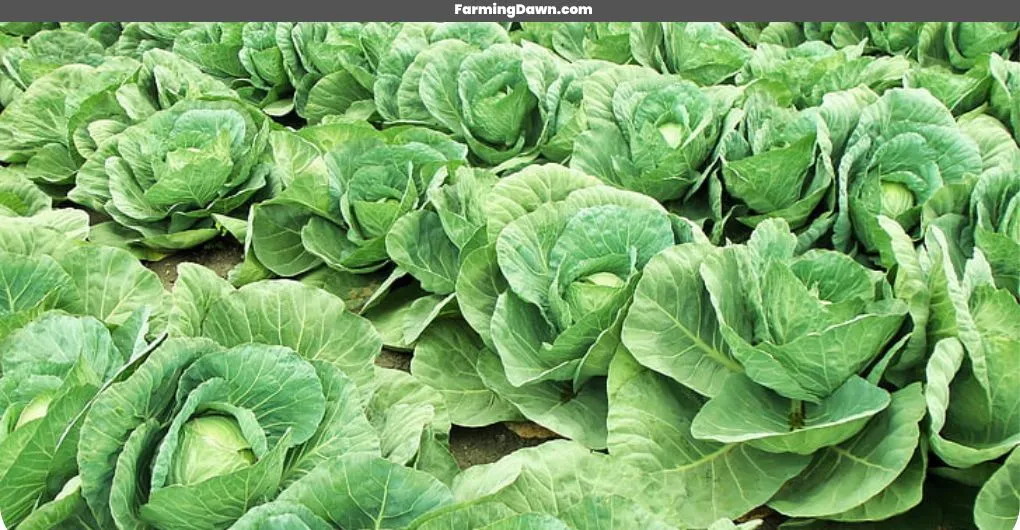
Kale
Kale is a vegetable that has become widely known for its health benefits and nutritional value in recent years. It’s an incredibly versatile food, as it can be cooked into soups, salads, smoothies, or even just eaten raw. Kale is packed with important vitamins like A, C, and K, making it a great choice for those looking to get their daily dose of nutrients without having to turn to processed foods.
Plus the flavor of kale is mild and slightly sweet – so you don’t have to worry about overpowering dishes when adding this leafy green! Whether you choose to incorporate kale into your diet through breakfast bowls or simple side dishes, everyone should give this veggie a try at least once – you won’t regret it.

Lettuce
Lettuce is a versatile vegetable that can bring life to any dish. Its crisp, crunchy texture adds flavor and character to salads, sandwiches, pizzas, soups, and more. Rich in antioxidants such as vitamins A and C, it’s an ideal food for maintaining good health. Plus lettuce has many other great benefits like being low in fat and calories. It can also help reduce inflammation due to its high fiber content.
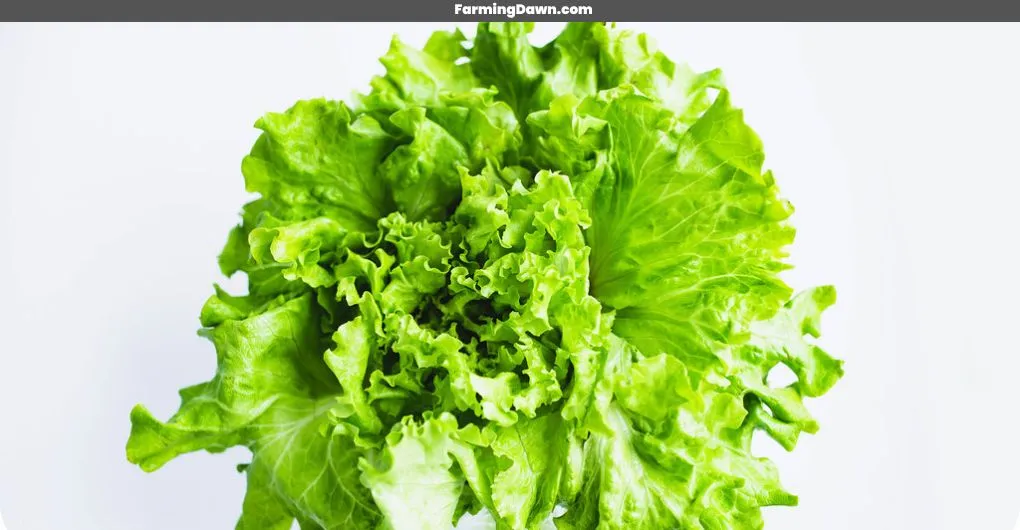
Spinach
Lettuce can be a great addition to salads and sandwiches, but if you’re looking for something with a bit more substance, spinach is the way to go. This leafy green packs a nutritional punch that’s sure to satisfy your hunger while providing essential vitamins and minerals.
Spinach has been used in everything from soups to smoothies, so it’s certain to provide some delicious variety in your diet. Plus, its taste pairs well with other vegetables like tomatoes or carrots for added flavor without overpowering the dish. So why not make this nutritious veggie part of your next meal? You’ll get all the health benefits without sacrificing any of the deliciousness!
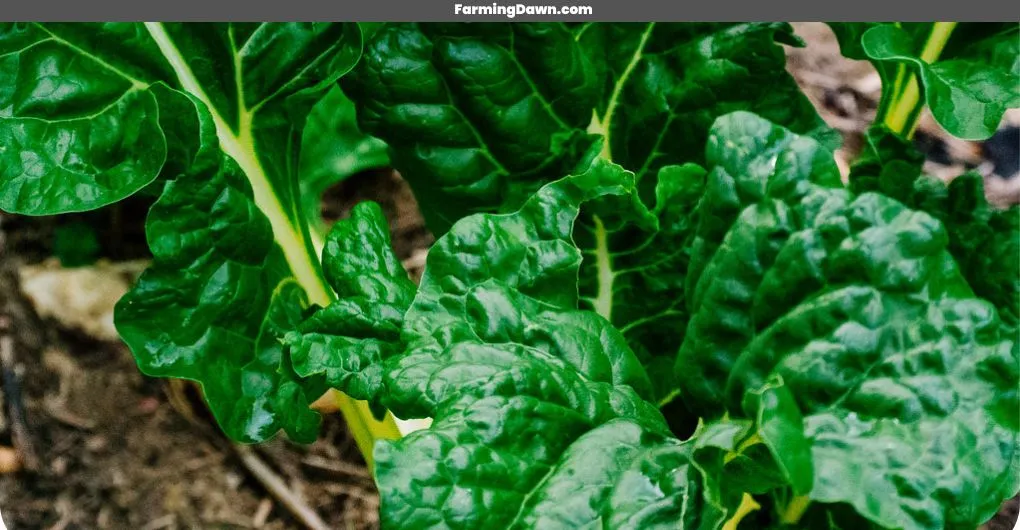
Swiss Chard
Swiss chard is an incredible vegetable that grows both above and below the ground. Its vibrant greens give life to any dish, and its delicate leaves are a delight to behold. The stems are like thin ribbons of colorful silk while its strong roots reach deep into the soil–a testament to its strength and resilience.
Swiss chard boasts numerous health benefits with vitamins A, C, and K in abundance as well as dietary fiber and antioxidants making it one of nature’s true gifts. It can be cooked in many different ways from sautéing in olive oil or adding raw to salads for added flavor, texture, and nutrition. So why not add some Swiss chard to your next meal?
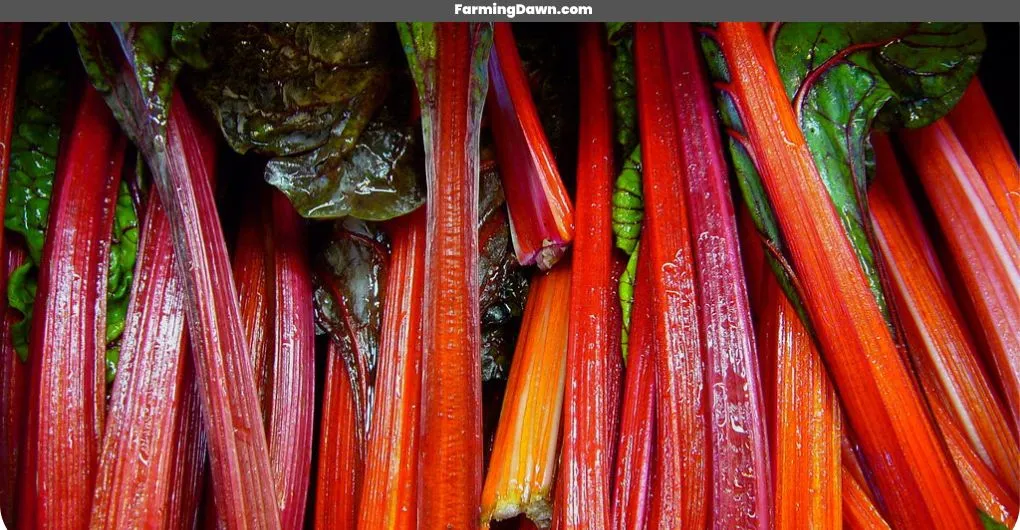
Collard Greens
Swiss chard has a great flavor and nutritive value, making it an ideal veggie for those with health-conscious diets. But collard greens are no slouch either! These leafy green vegetables pack plenty of vitamins and minerals into their leaves, providing essential nutrients to your diet.
They have a mild taste that’s easily adaptable to any dish, so you won’t find yourself bored with them anytime soon. Plus, they’re incredibly versatile in the kitchen–steamed, boiled, sautéed, or added to stews; the possibilities are endless!
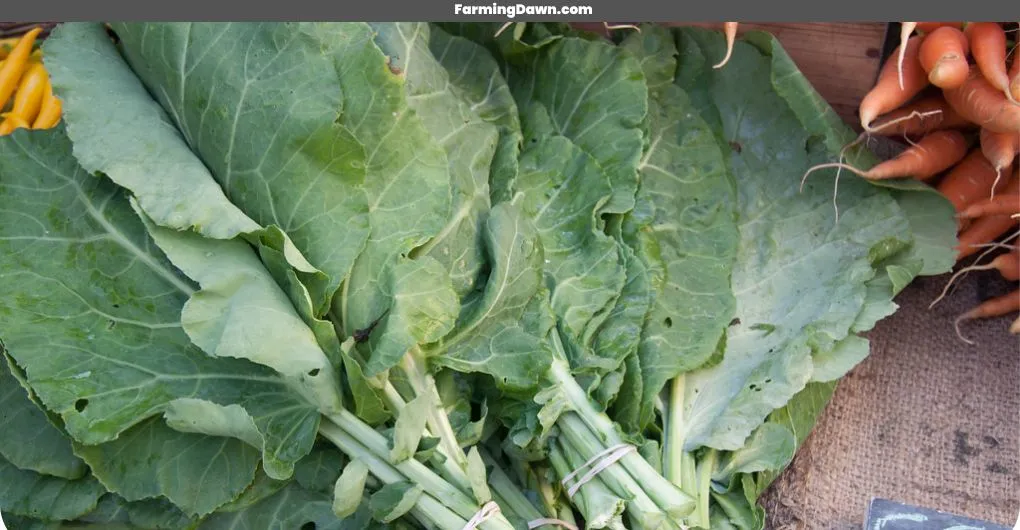
Benefits of Growing Above Ground Vegetables
Vegetables grown above ground have many advantages over those grown in the ground traditionally. Some of the most essential benefits are as follows:
Convenience
Traditional in-ground gardening is substantially less convenient than gardening above ground. Above-ground gardens eliminate the requirement for soil tilling, soil amendment, and soil compaction concerns.
Especially for people who live in apartments or don’t have access to a yard, this makes growing veggies much simpler.
Pest control
In typical in-ground gardens, pests like insects and rodents may be a big concern. Above-ground gardens, however, make it easier to control pests like these.
Since the veggies are raised off the ground, they are less likely to encounter pests, and the raised beds are simple to cover with screens or other security measures.
Better Drainage
Above-ground gardens have better drainage than in-ground gardens, which can be problematic in regions with frequent downpours. This aids in preventing root rot, a frequent issue in in-ground gardens.
Better Soil
Using soil that is of greater quality than the soil in your yard is possible in above-ground gardens. Your vegetables will therefore have access to the nutrients they require to grow, which may result in higher harvests and healthier plants.
Increased Accessibility
Above-ground gardens are significantly easier to access than in-ground gardens, especially for persons with mobility challenges or those using wheelchairs.
It is possible to construct the raised beds so that they are at a height that is convenient for the gardener, making it simpler to plant, care for, and harvest the veggies.
Why Should I Eat More Above Ground Vegetables Than Under The Ground?
Regardless of whether they grow above or below ground, eating a variety of veggies is essential for a balanced and healthy diet. However, compared to vegetables that grow below the ground, vegetables that grow above the ground typically tend to be higher in certain nutrients like vitamins, and fiber. You might want to think about including more above-ground veggies in your diet for the following reasons:
- More Nutrients
A high concentration of nutrients can be found in vegetables that are grown above ground, including antioxidants such as carotenoids and flavonoids as well as vitamins C, K, folate, and potassium. These vitamins and minerals are crucial for preserving good health and avoiding chronic illnesses.
- Low calories
Compared to root vegetables that grow underground, such as potatoes and carrots, vegetables that grow above ground tend to be lower in calories. They are therefore a fantastic choice for anybody trying to either maintain or reduce weight.
- High in fiber
Above-ground vegetables offer several benefits, including being high in fiber, which aids in digestive health and helps in regulating blood sugar levels.
- Versatility
These vegetables are versatile and come in a range of shapes, sizes, and colors, making them ideal for use in a wide variety of recipes. This versatility makes it effortless to include them in your diet in several ways, whether you prefer to consume them raw, cooked, or blended in a smoothie.
Best Practices for Cultivating Above Ground Vegetables
Cultivating above-ground vegetables is a great way to provide yourself with healthy, delicious food. To guarantee a fruitful harvest, remember the following best practices.
Select the appropriate area
A minimum of six hours of sunlight should be available each day at the location you choose. Planting crops that can grow in shaded areas, like lettuce or spinach, may be a good idea if your garden is shaded.
Getting the soil ready
Examine the soil in your garden for nutrients and pH levels. Add organic matter and, if necessary, make pH adjustments to boost the soil’s fertility and structure.
Garden planning
Choosing the vegetables you wish to grow and determining the size of your garden are important steps in garden planning. By choosing plants that will fit in the available space, you may make the most of your garden’s sunlight and soil.
Pick the proper seeds
High-quality seeds that are suited to your region’s soil and climate are the best options. Consider utilizing heritage or open-pollinated seeds to produce plants that are well-suited to the conditions in your garden.
Use the proper planting techniques
When you plant your seeds or seedlings, make sure to give them the appropriate amount of space and bury them at the correct depth. The plant’s roots will be able to obtain the nutrients they need and will have enough room to spread out thanks to this.
Water regularly
Make sure to properly irrigate your plants by watering them frequently, especially during dry or hot weather. To prevent root rot, avoid overwatering.
Fertilizer
Use a balanced fertilizer to ensure proper plant nutrient uptake and to promote strong, wholesome growth. Be careful not to overfertilize as this can result in excessive leaf growth and decreased fruit production.
Do All Vegetables Grow In The Ground?
Vegetables don’t always grow in the ground. Numerous common vegetables grow above ground or in water, in addition to many that grow in soil like lettuce, potatoes, and carrots.
Veggies grown above ground include:
- Tomatoes
- Peppers
- Cucumbers
- Squash
- Melons
Among Aquatic veggies are:
- Watercress
- Water chestnuts
- Lotus root
- Taro
Vegetables can also be grown in soil-free hydroponic and aeroponic systems using only water and nutrients.
Therefore, not all veggies are raised from the ground. It’s crucial to remember that the way vegetables are grown can impact their flavor, texture, and nutritional value.
Higher yields, quicker growth, and improved pest and disease resistance can all be obtained from growing above ground or in water.
What Do You Call Vegetables That Grow Above The Ground?
Plants that grow above the ground are called “above-ground vegetables”. Leafy greens like lettuce and spinach, cruciferous vegetables like broccoli and cauliflower, and root vegetables like carrots and beets are examples of this type of vegetable.
These veggies are cultivated in containers off the ground, and the edible sections are collected for eating. In contrast to root vegetables, the edible part of above-ground vegetables can be reached without digging or soil removal.
In many diets, above-ground vegetables are a mainstay because of their high nutritious content and adaptability in the kitchen.
Underground Root Vegetables
Root vegetables are an excellent choice for gardeners wishing to cultivate their food because they are a mainstay in many cuisines all around the world. There are numerous underground root crops that can be cultivated in a garden, while some, like potatoes and carrots, are well recognized.
Following is the list of underground root vegetables:
- Carrots
- Beets
- Parsnips
- Turnips
- Radishes
- Sweet Potatoes
- Yams
- Horseradish
- Ginger
- Garlic
- Onions
- Shallots
- Leeks
- Rutabaga
- Potatoes
Above Ground Vegetables: My Take
This is the complete guide on the vegetables that grow above the ground. Growing these vegetables in your garden is quite significant and you will have to spend much less time on their maintenance because they are quite resistant to pest diseases. If you have any questions you can comment and ask me. Peace and best wishes. Thank you!
Each vegetable has its own growing habits and time to bloom. Read my other articles to learn more:

